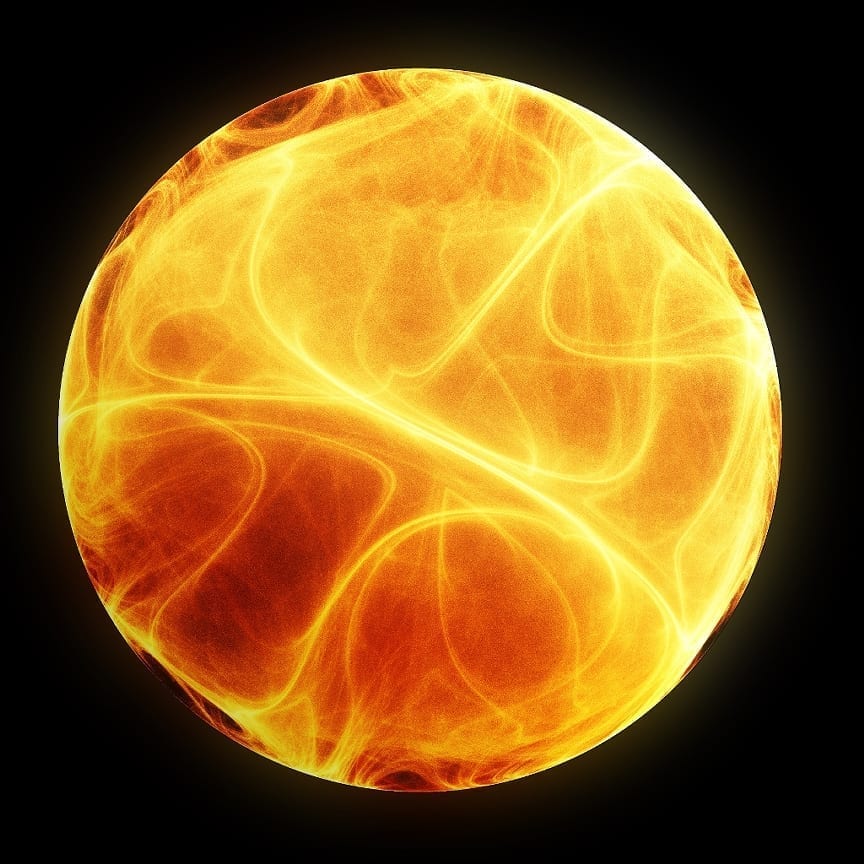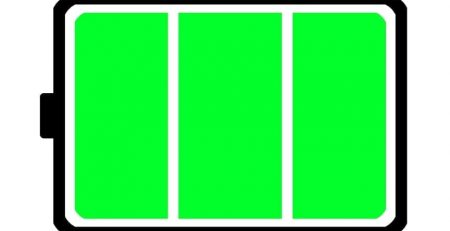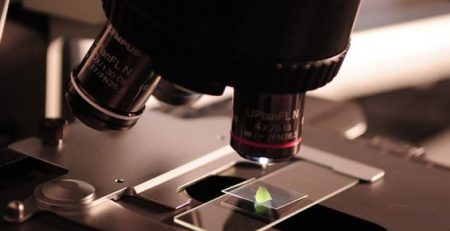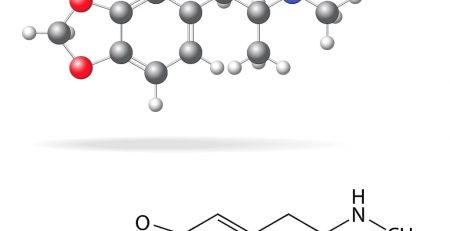Sunlight Produces Steam Without Boiling Water
Scientists are describing a revolutionary new way to use sunlight to produce steam and other vapors without heating an entire container of fluid to the boiling point. The advance, reported in the American Chemical Society (ACS) journal ACS Nano, has potential applications, especially in the poverty-stricken areas of the developing world, that include inexpensive, compact devices for purification of drinking water, sterilization of medical instruments and sanitizing sewage.
“This research opens up a revolutionary new application of nanoparticles in solar energy,” says Paul Weiss, editor-in-chief of ACS Nano. “The authors show that sunlight can be used to create steam with virtually no wasteful heating of the surrounding liquid. The potential societal benefits are staggering. They include more energy-efficient distillation of alcohol, a new and highly practical strategy for desalination and water purification and compact solar-driven sources of steam for sterilization and sanitation in resource-poor locations.”
Naomi Halas, Peter Nordlander and colleagues note in the report that metallic nanoparticles (so small that 1,000 would fit across the width of a human hair) absorb large amounts of light, resulting in a dramatic rise in their temperature. They are with Rice University. That ability to generate heat has fostered interest among scientists in using nanoparticles in a range of applications. These include photothermal treatment of certain forms of cancer, laser-induced drug release and nanoparticle-enhanced bioimaging.
Scientists in the past also explored the use of nanoparticles in solar energy applications. However, that research focused mainly on using nanoparticles to improve the ability of fluids to conduct heat. Until now, scientists had not reported on the use of nanoparticles, mixed into fluids, to capture sunlight, heat up and change the fluid into steam or other vapor.
The new report explains that nanoparticles illuminated by light can quickly rise to temperatures above 212 degrees Fahrenheit, the boiling point of water. Steam forms around the surface of each nanoparticle, billons of which can be placed in water or other fluids. Eventually, the vapor escapes from the particle, forming nanobubbles that float to the top of the surface and escape as water vapor or steam, vapors of ethanol in the case of distillation of alcohol for beverages or fuel, or other vapors.
It describes the use of this approach to measure and document solar steam generation in water solutions illuminated by sunlight containing different kinds of nanoparticles. One solution contained silicon dioxide/gold nanoparticles and another contained carbon nanoparticles. The nanoparticles began to produce steam within 5-20 seconds after shining sunlight into the solutions. The gold nanoparticle solution produced steam in small “microexplosive” bursts. The scientists used the gold nanoparticles to distill alcohol from water and got higher yields of alcohol than would have occurred by boiling the solution.
An impressive 82 percent of the sunlight absorbed by the nanoparticles went directly to generating steam. The overall energy efficiency of the steam generation process was 24 percent, and the scientists had made no effort to optimize the process.
“These results clearly indicate that solar steam generation is a process that has significant potential for use in a wide variety of energy- and sustainability-relevant applications,” the report states. “Solar-driven, stand-alone waste processing or water purification systems could be developed based on this process.
High-temperature (about 240 degrees F. and above) steam produced directly using sunlight could also be used for compact sterilization or sanitation purposes, from the processing of medical waste to the cleaning of medical or dental equipment, minimizing the resource, time and input chemical requirements demanded by current methods. With further development, this approach may be adaptable to higher pressures and other working fluids to drive turbines in solar energy harvesting applications.
This approach may also be modified to harvest radiant energy from sources other than the sun, for instance, for the capture of waste energy from geothermal, residential or biological sources.”
Source Article
Wed, 11/21/2012 – 8:40am
http://www.laboratoryequipment.com/news/2012/11/sunlight-produces-steam-without-boiling-water














